Photographer Captures the Terrifying Things Humans Have Done to the Planet
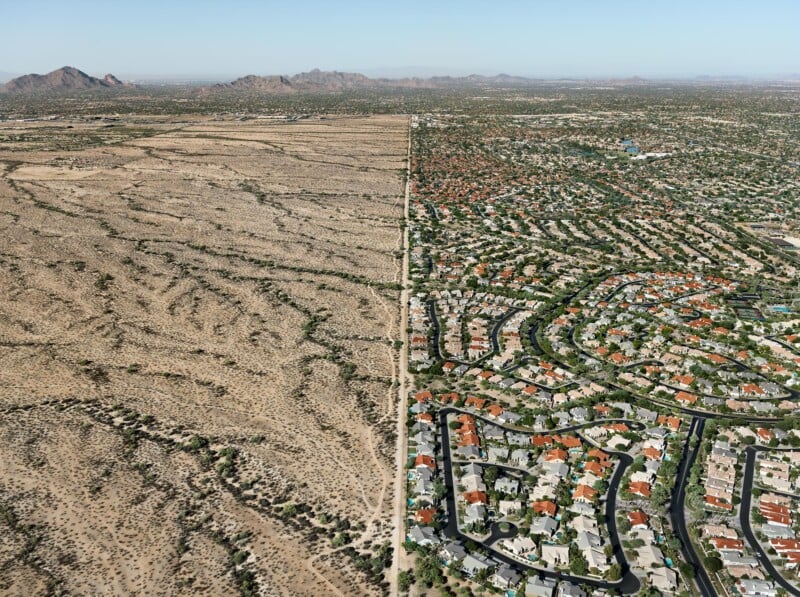
Photographer Edward Burtynsky has dedicated his life’s work to documenting the impact humans have on the planet, producing stunning photographs that evoke both awe and concern.
This week has marked the start of a career-spanning exhibit of Burtynsky’s work at the International Center of Photography (ICP) in New York. The show titled The Great Acceleration reveals the photographer’s investigation into the human alteration of natural landscapes across the world.
“It’s technological expansion coupled with human expansion,” Burtynsky tells National Geographic. “My whole thing has been a meditation on how to represent this through the photograph.”
Curated by David Campany, creative director at ICP, the retrospective exhibition features seventy photographs, including many of Burtynsky’s landmark images, some of which have never previously been exhibited, along with three ultra high-resolution murals. The exhibition will also include a visual and narrative timeline of Burtynsky’s creative life. It is intentionally scheduled to extend through Climate Week NYC in September 2025.
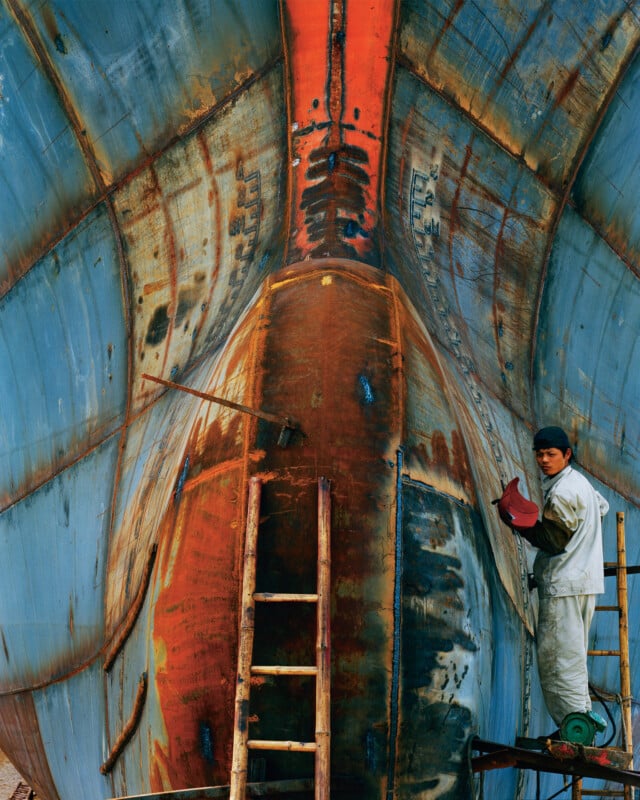

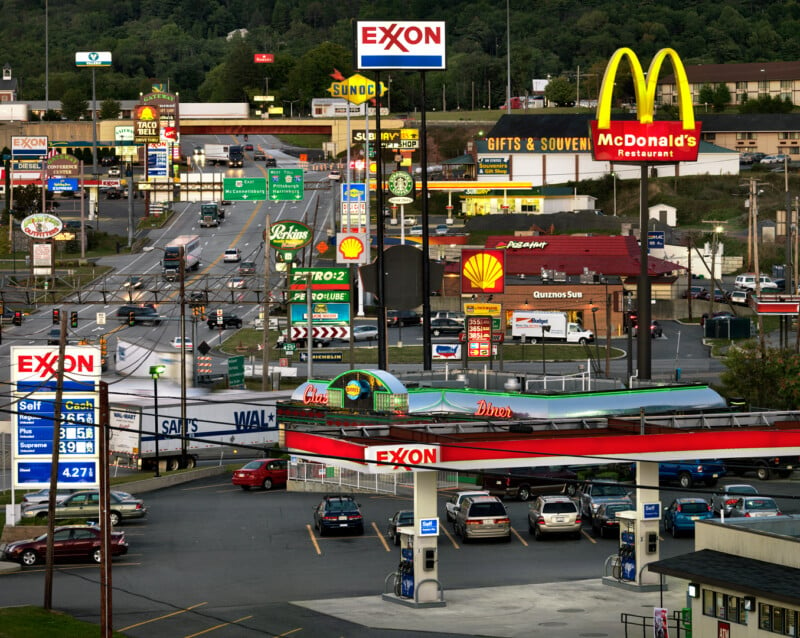

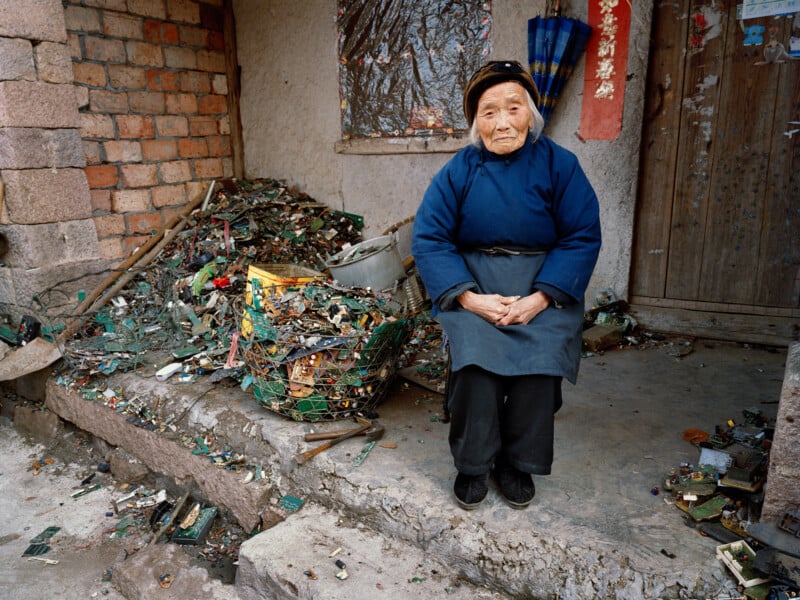
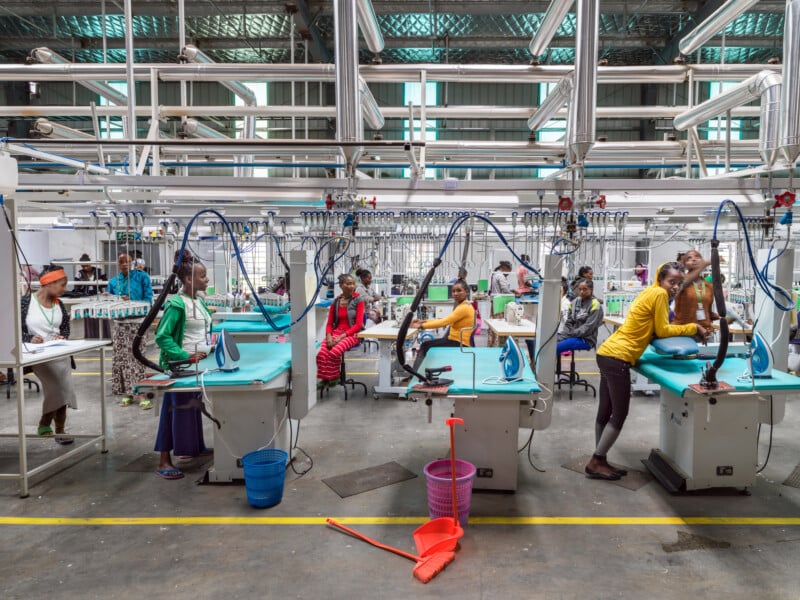
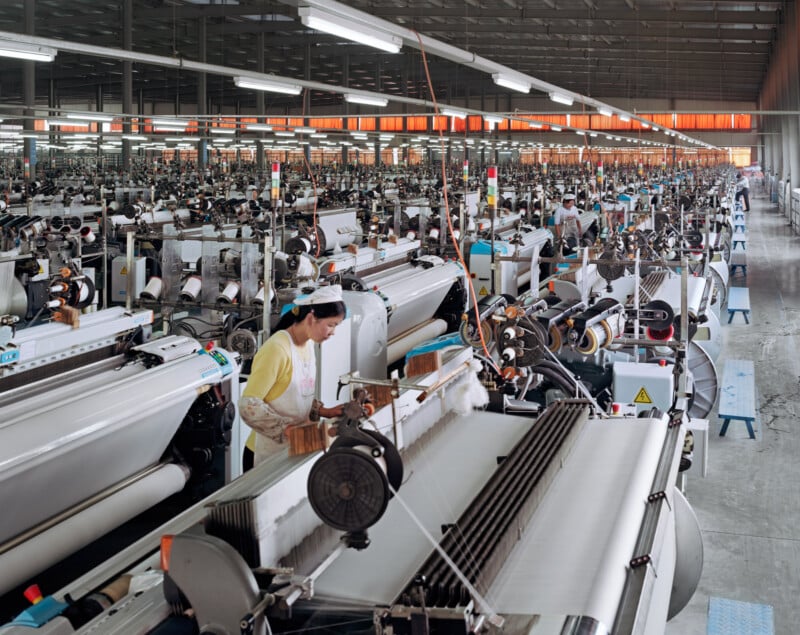

The exhibition title, The Great Acceleration, is an established term used to describe the rapid rise of human impact on Earth according to a range of measures, among them population growth, water usage, transportation, greenhouse gas emissions, resource extraction, and food production, each of which Burtynsky has photographed the outward signs of at length and in great detail over the past 40 years.
From open pit mines across North America to oil derricks in Azerbaijan, from rice terraces in China to oil bunkering in Nigeria, Burtynsky has traveled across the world and back again as part of his restless and seemingly inexhaustible drive to discover the ways, both old and new, that organized human activity has transformed the natural world. Though already unified by both the precision and formal beauty that Burtynsky deploys to create each photograph, The Great Acceleration further underscores that, like their respective subjects, each project remains fundamentally interconnected.
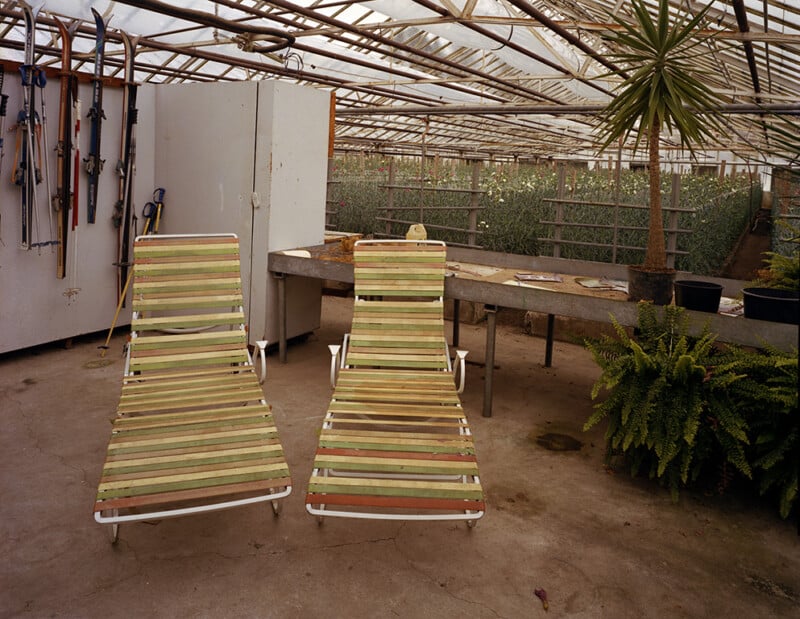

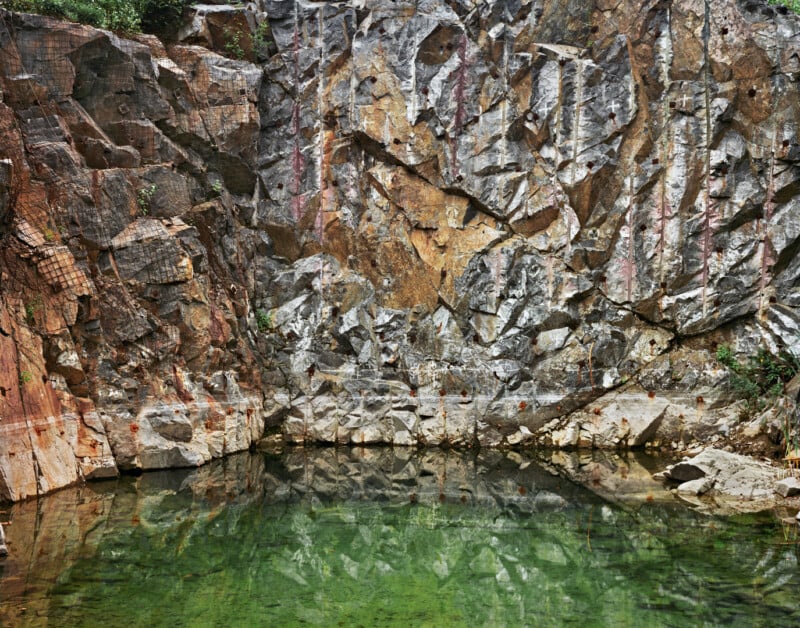
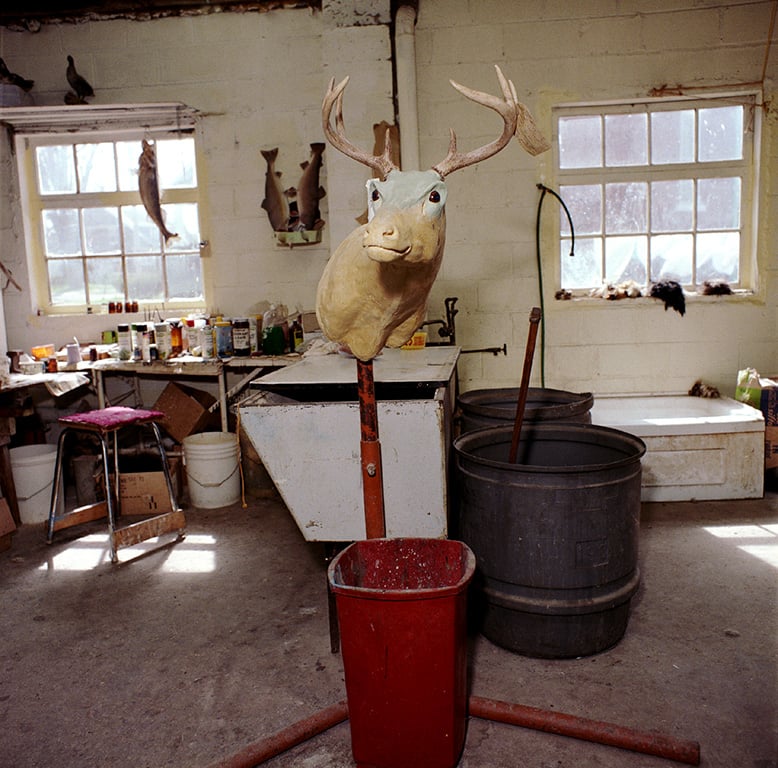

Edward Burtynsky’s The Great Acceleration will run until September 28. Buy tickets here.
Image credits: Edward Burtynsky, courtesy Howard Greenberg Gallery, New York